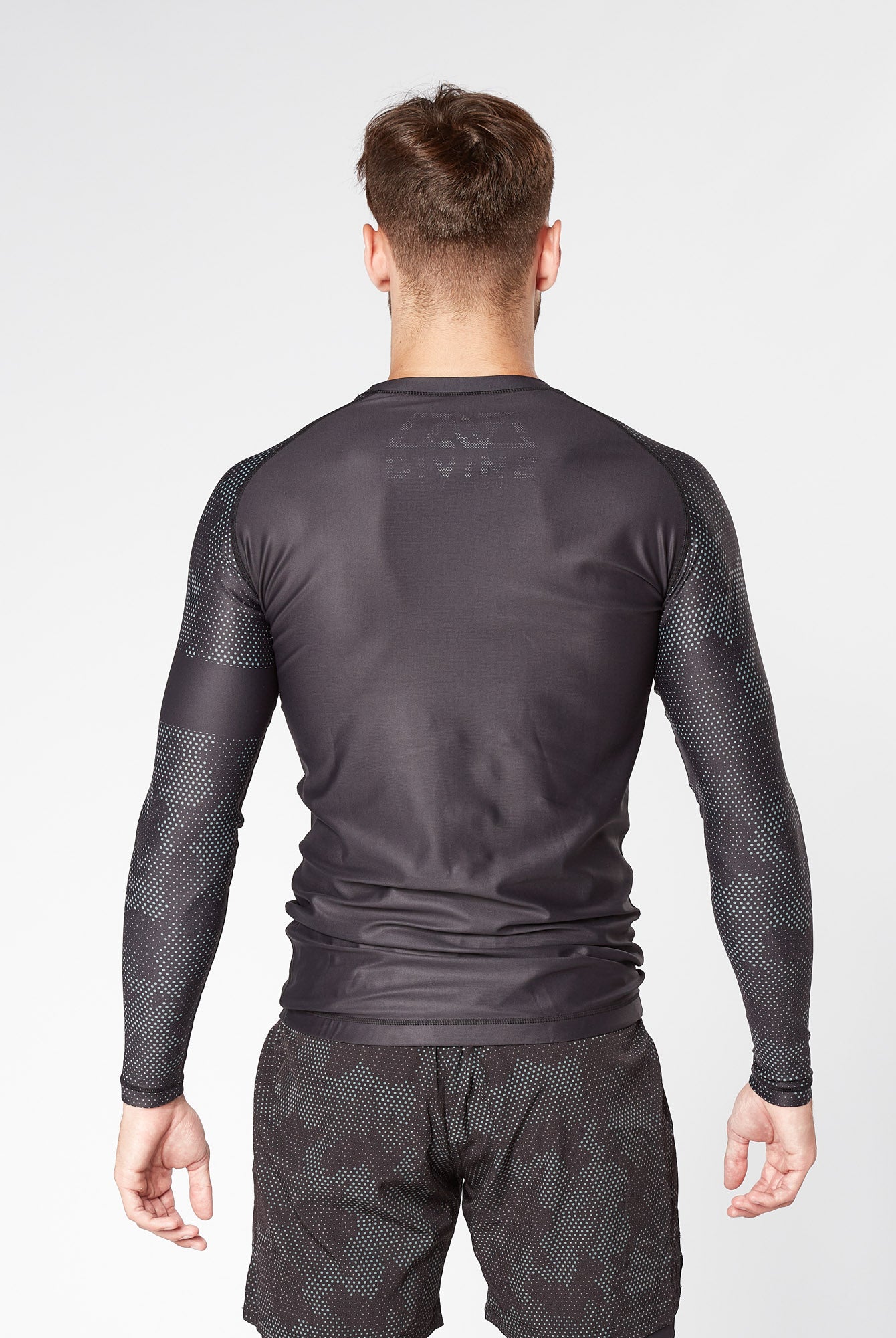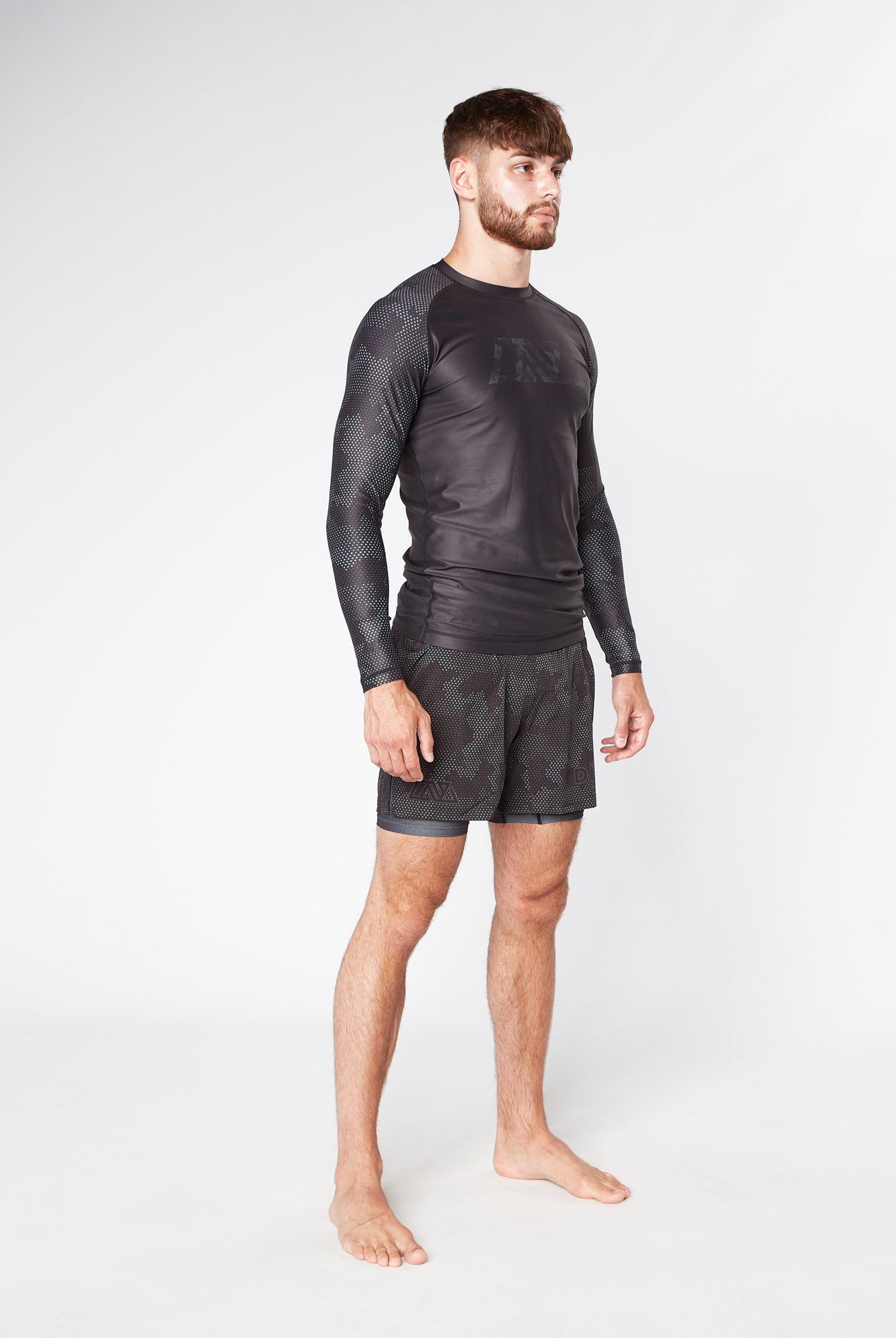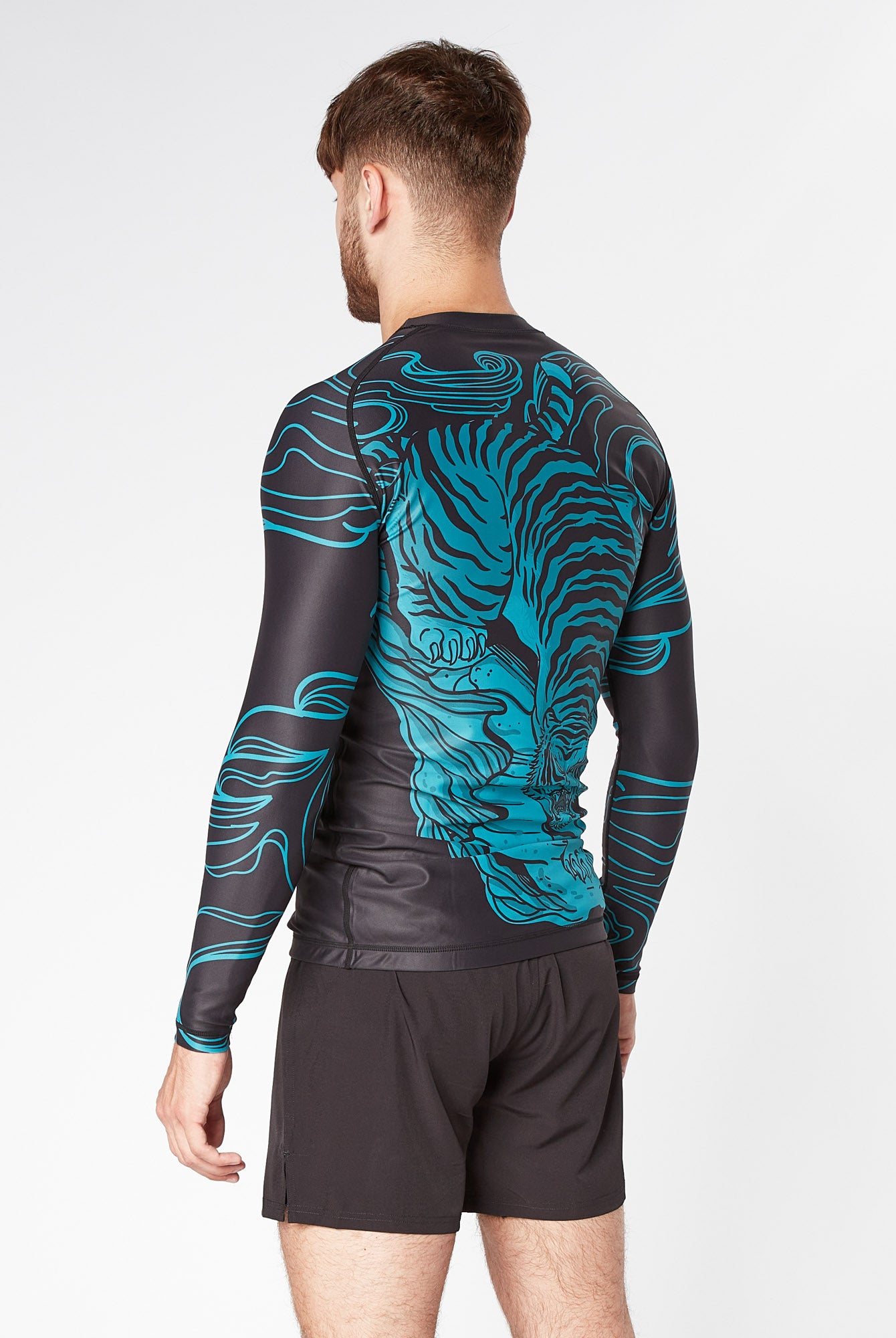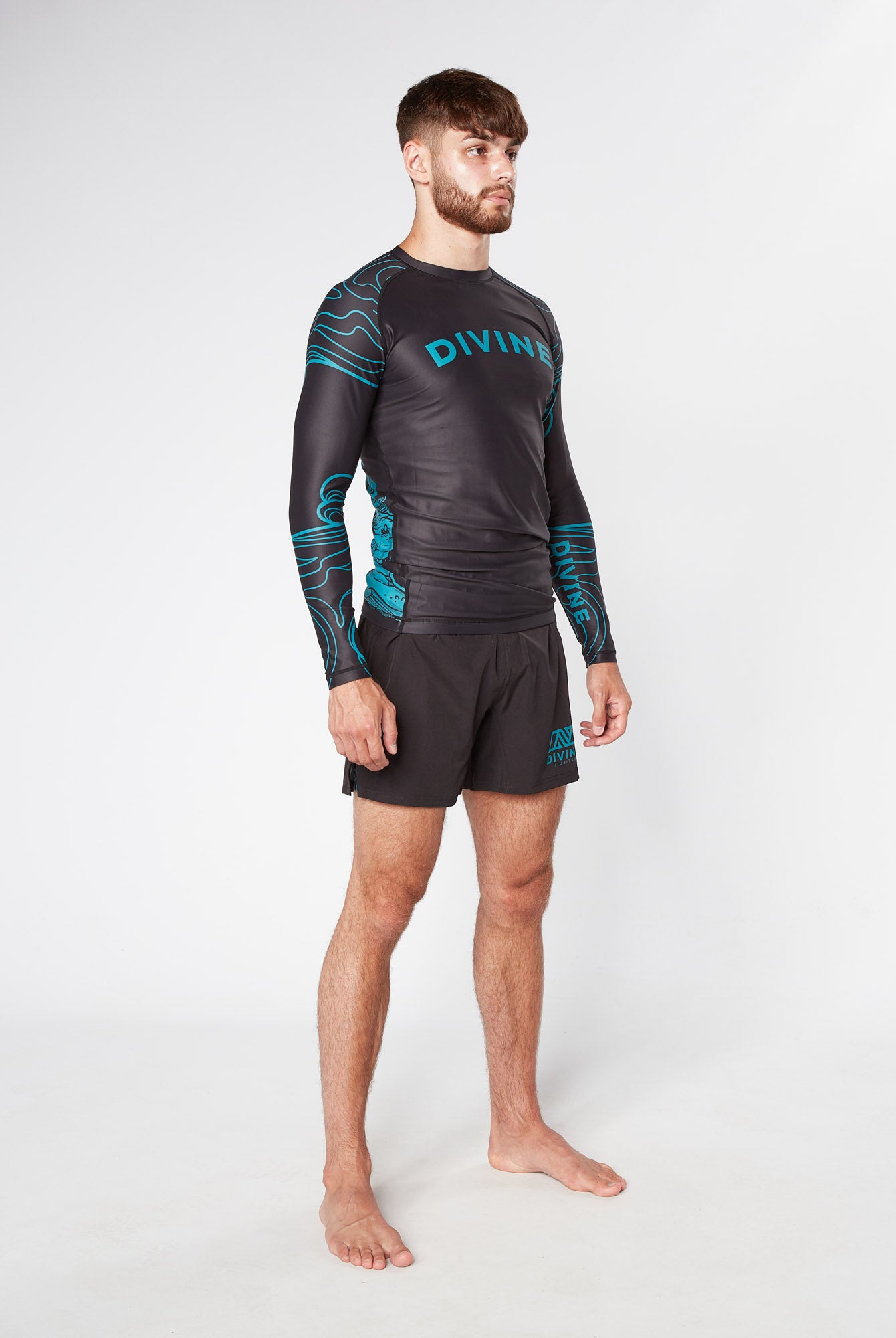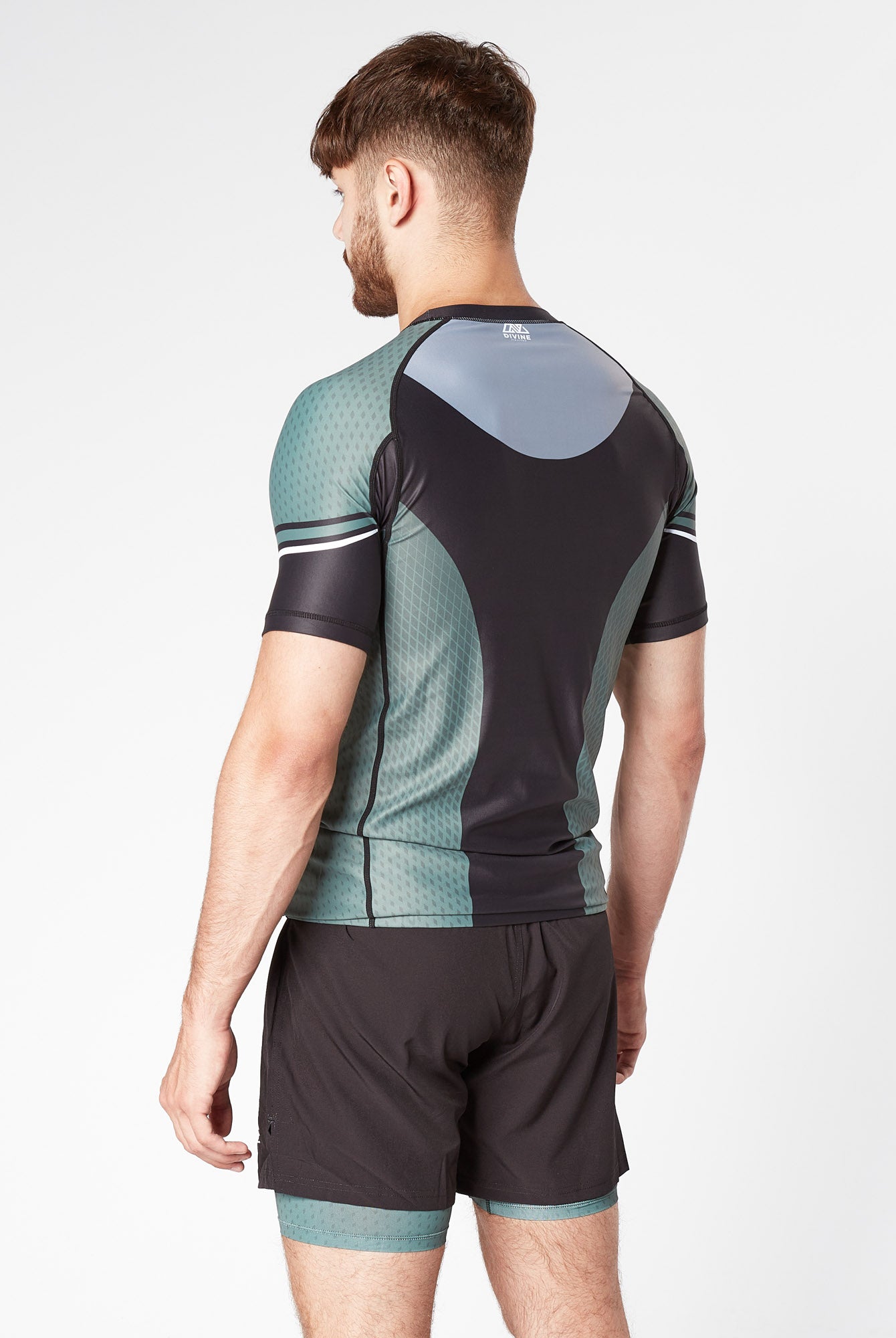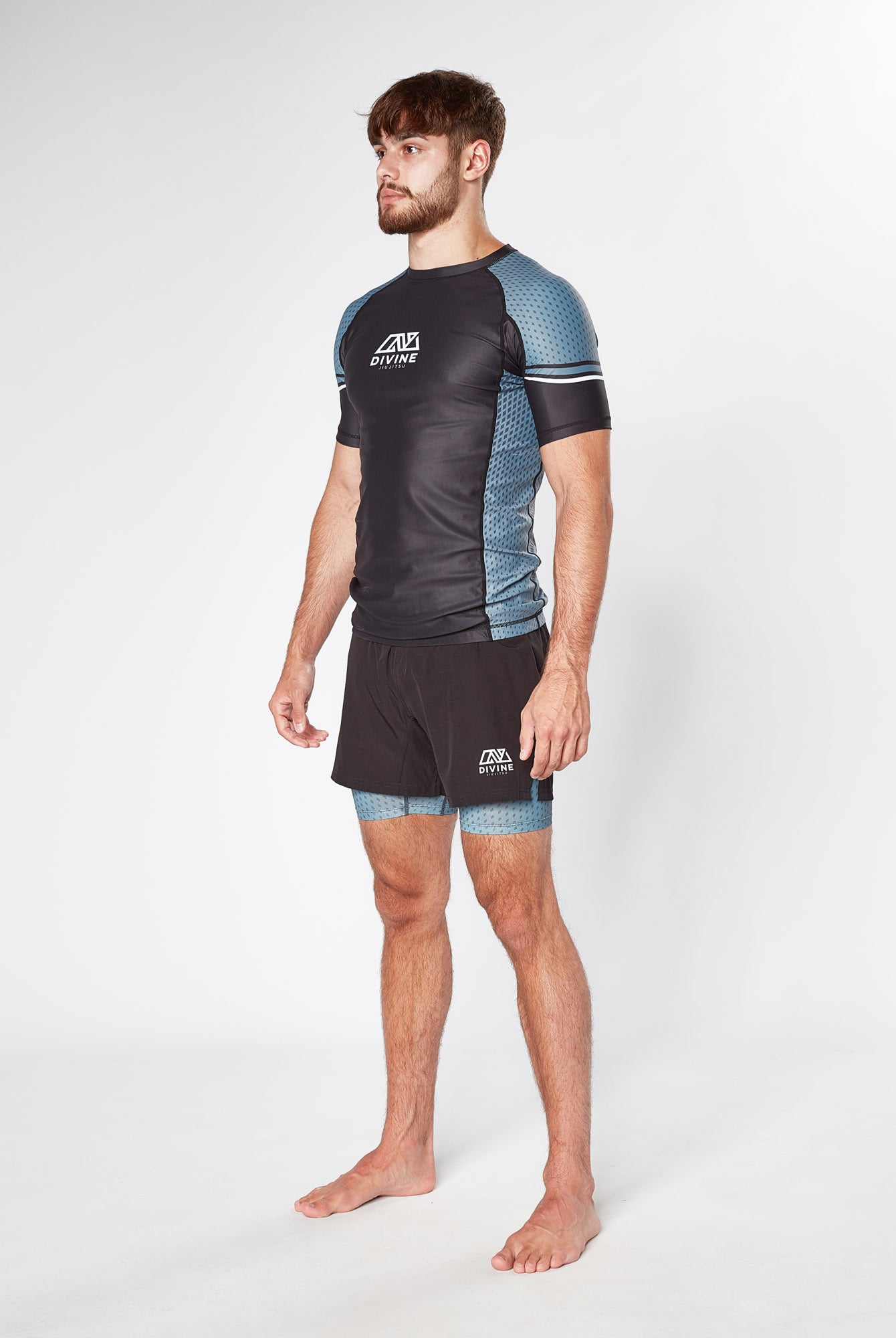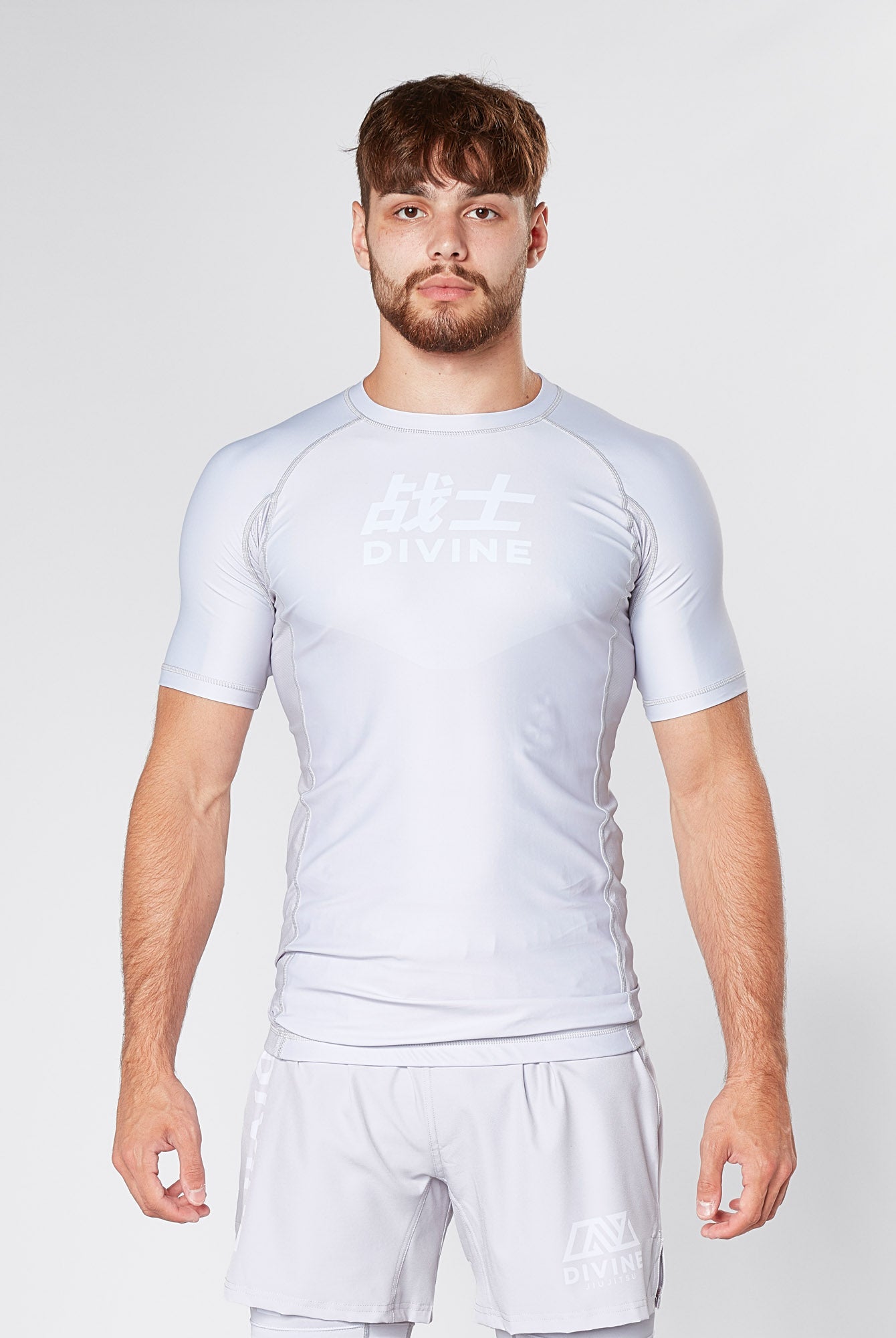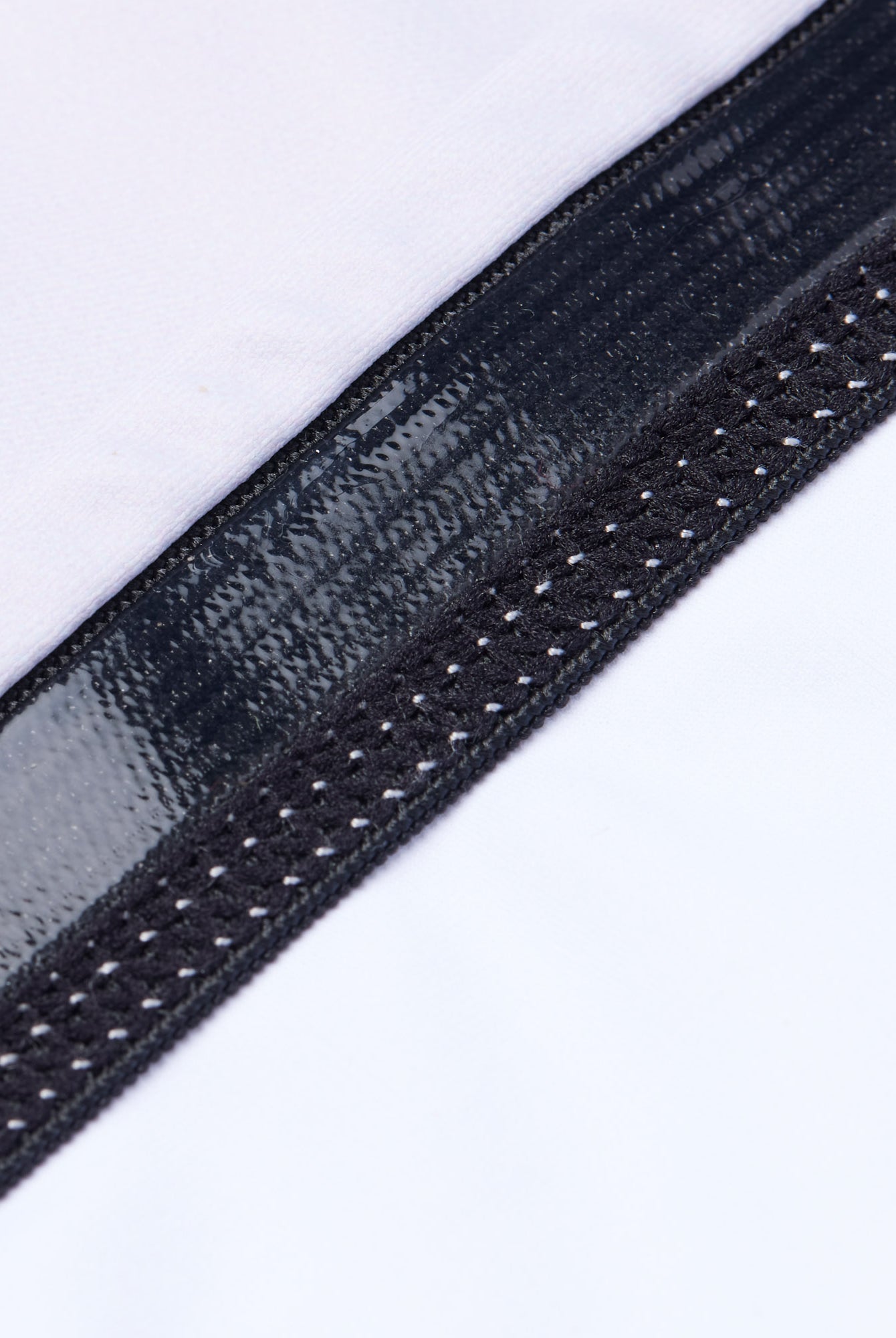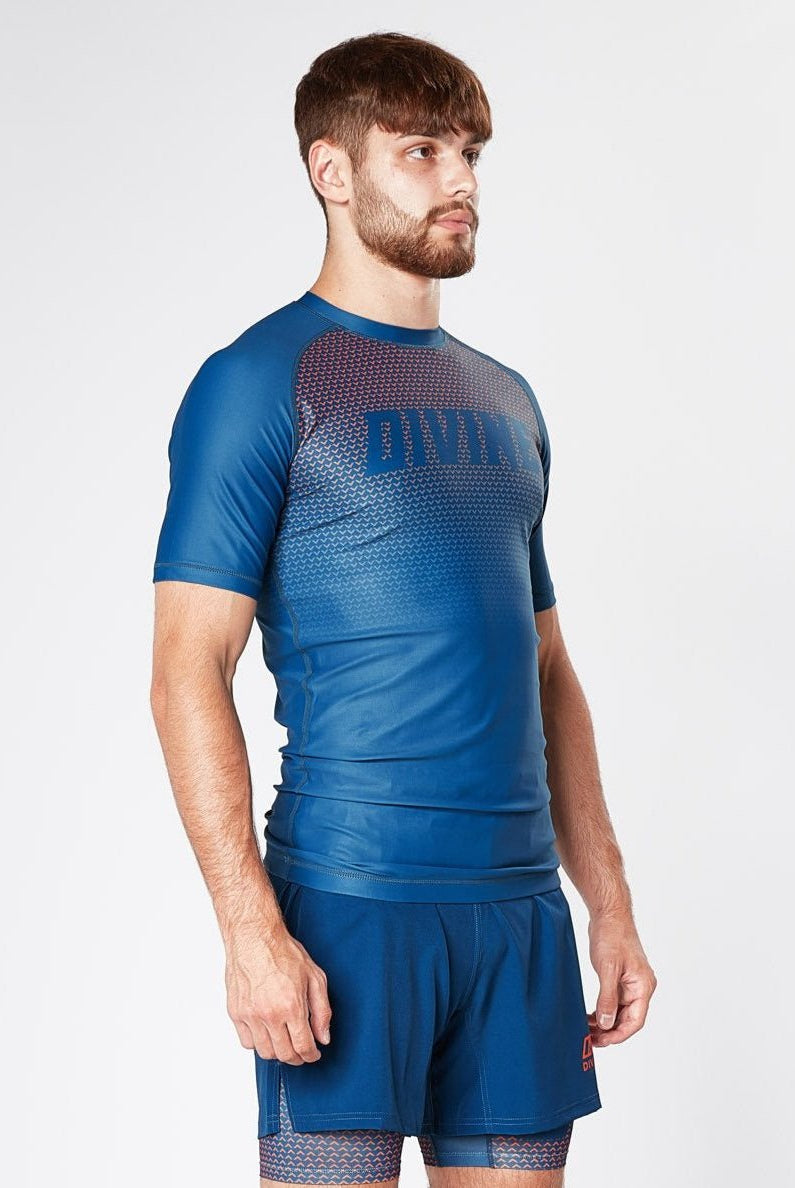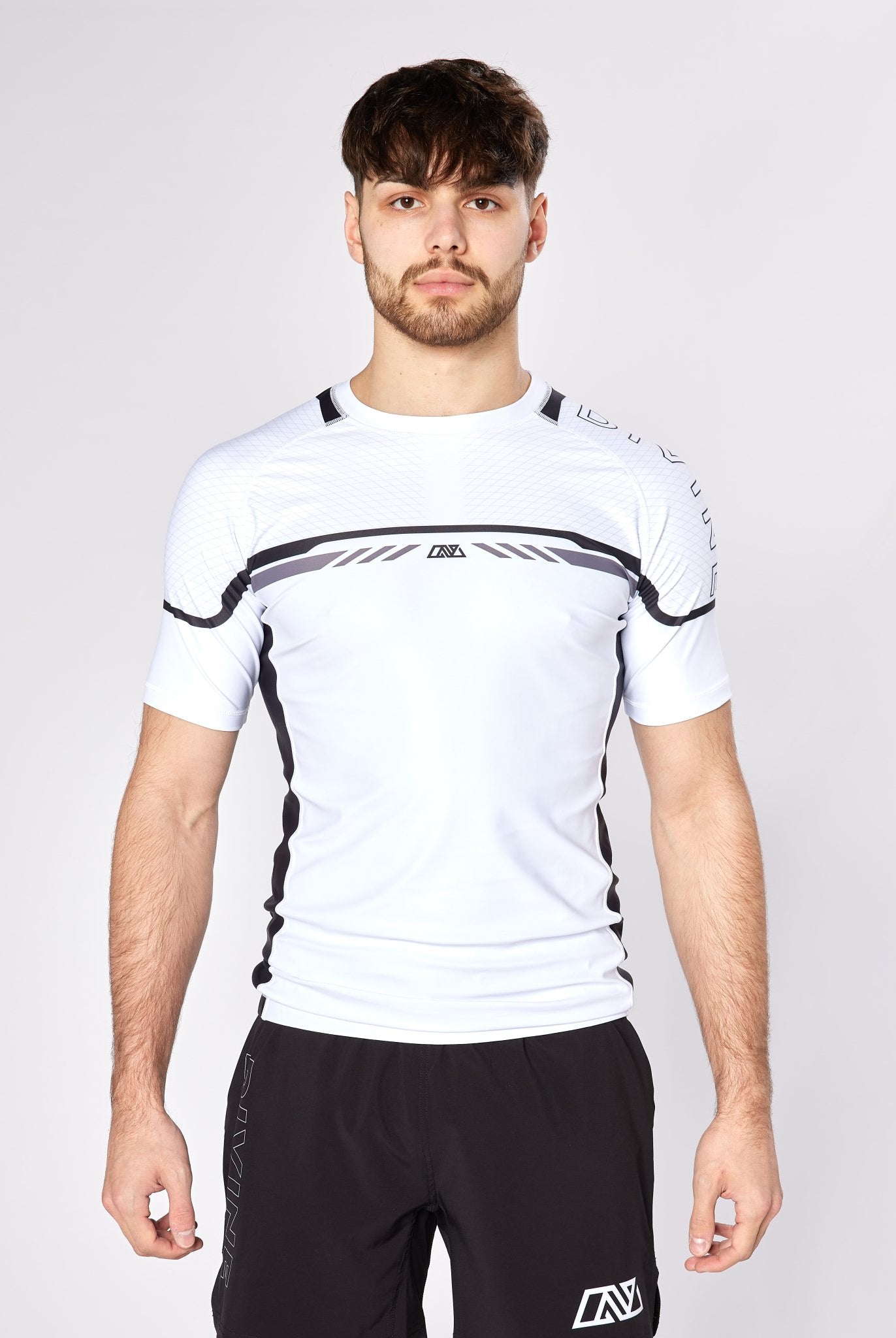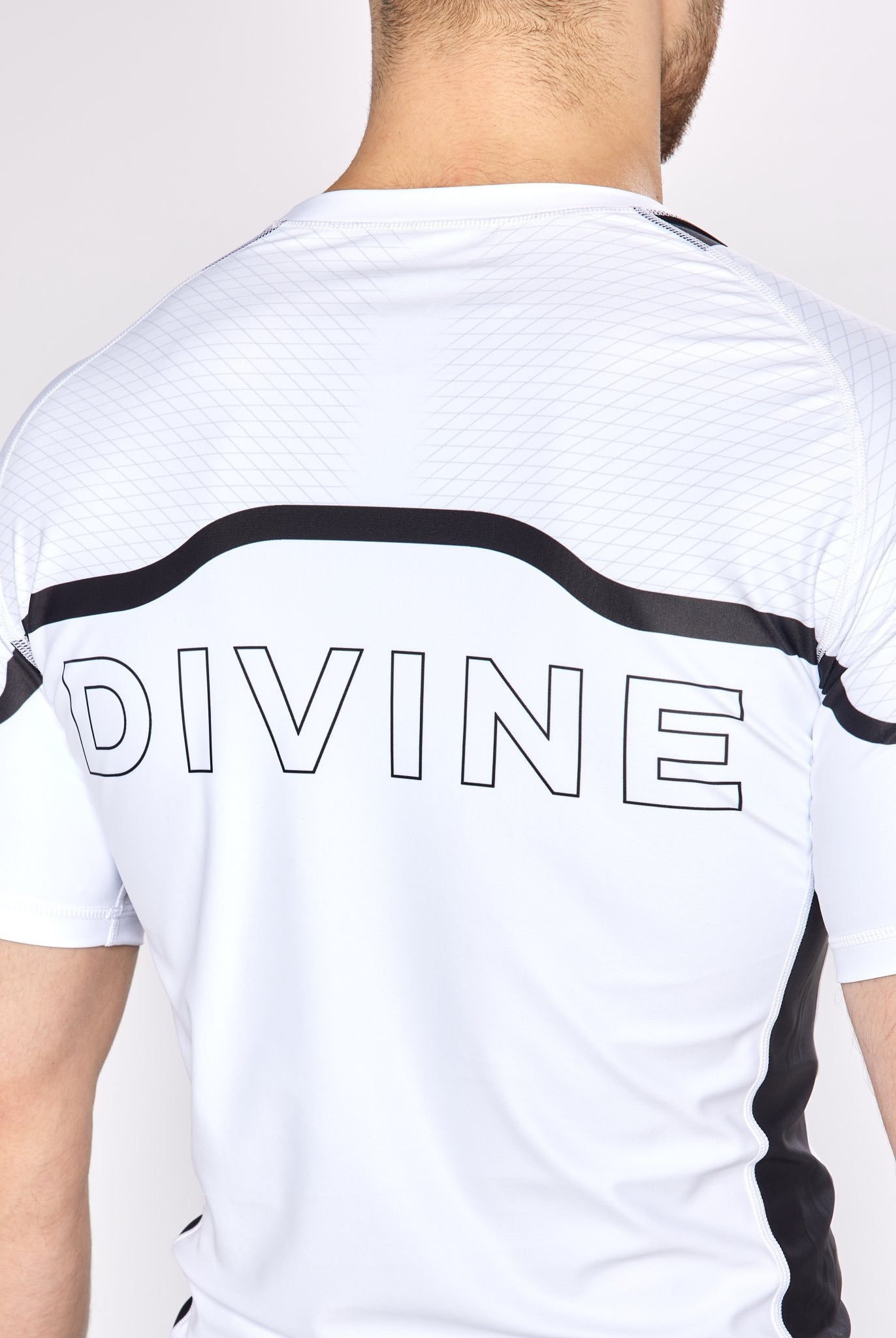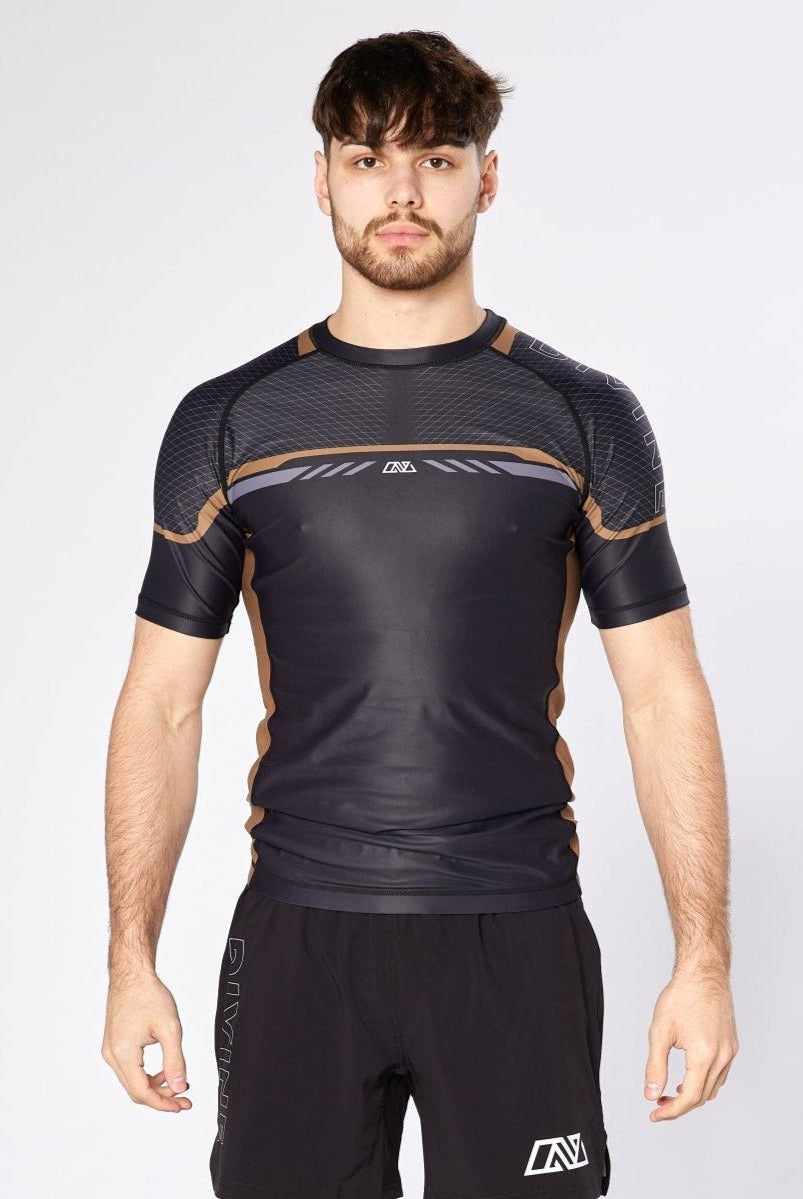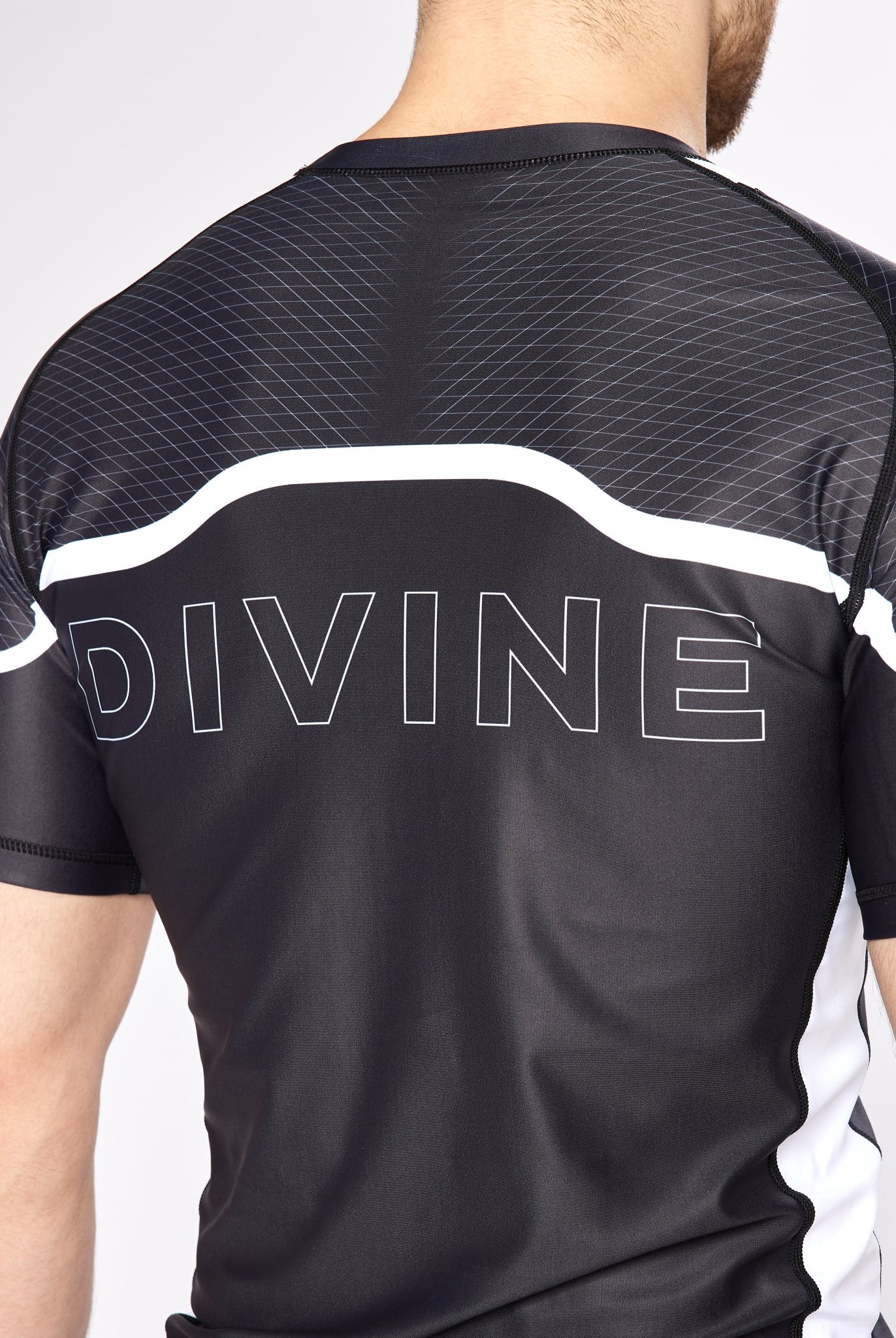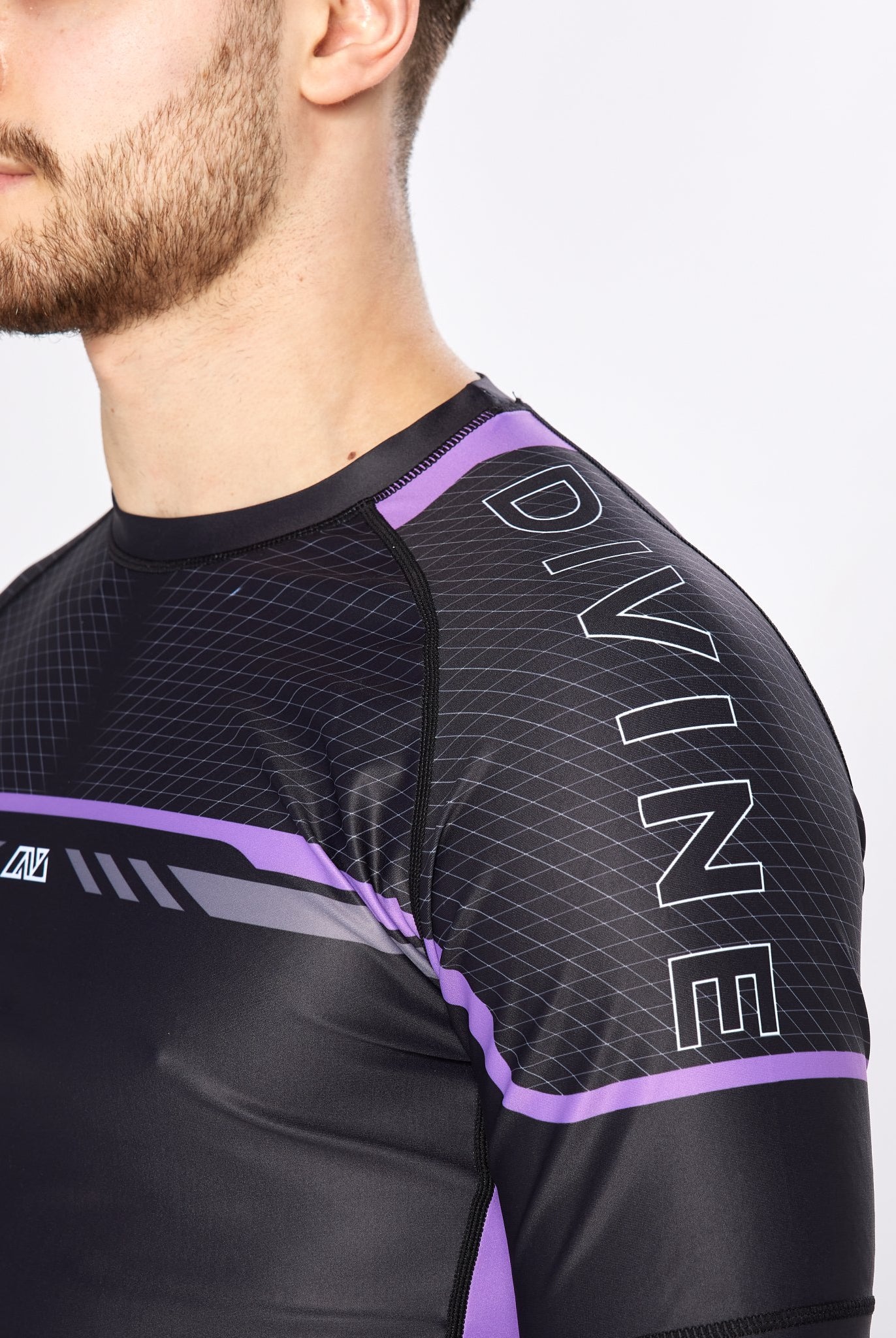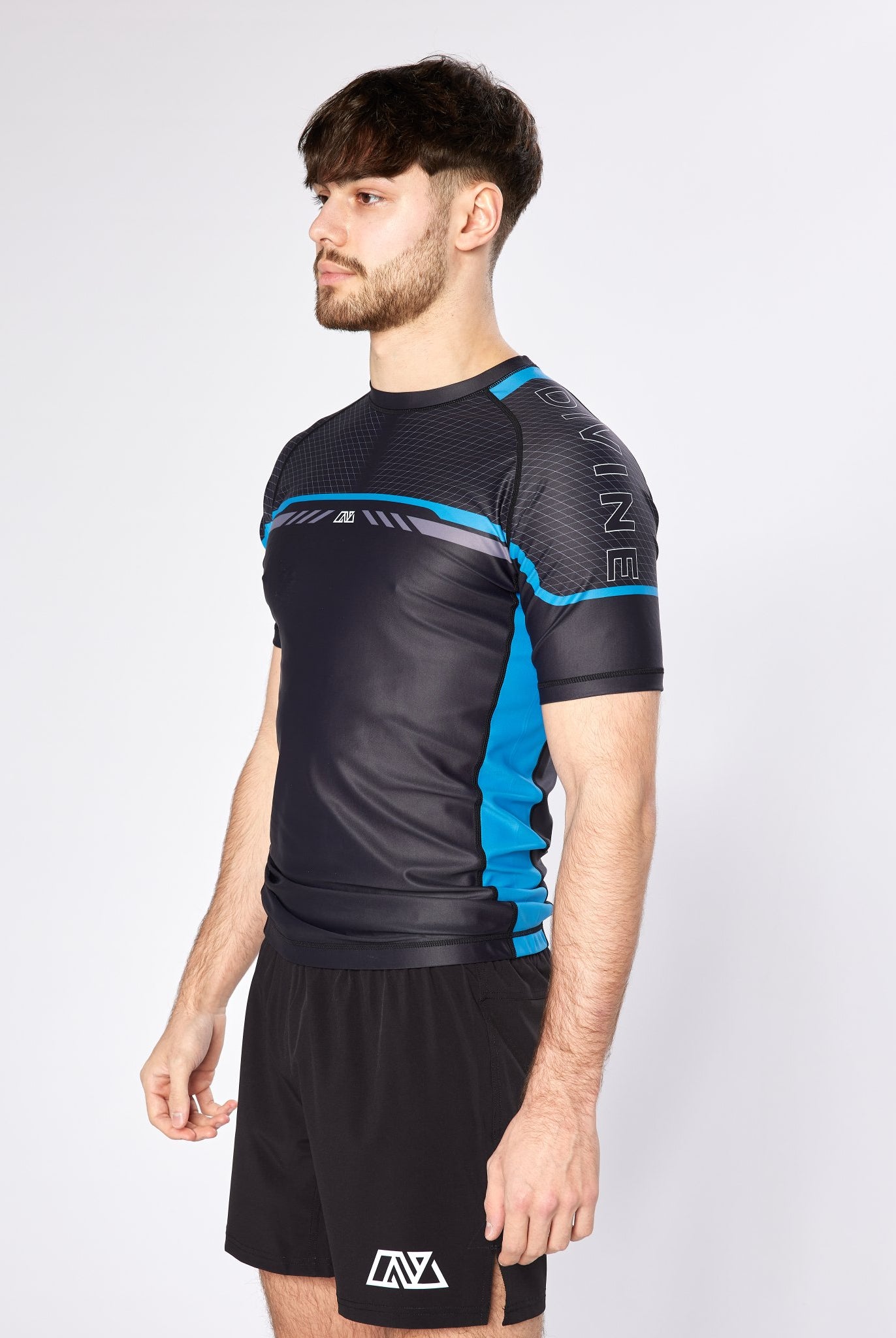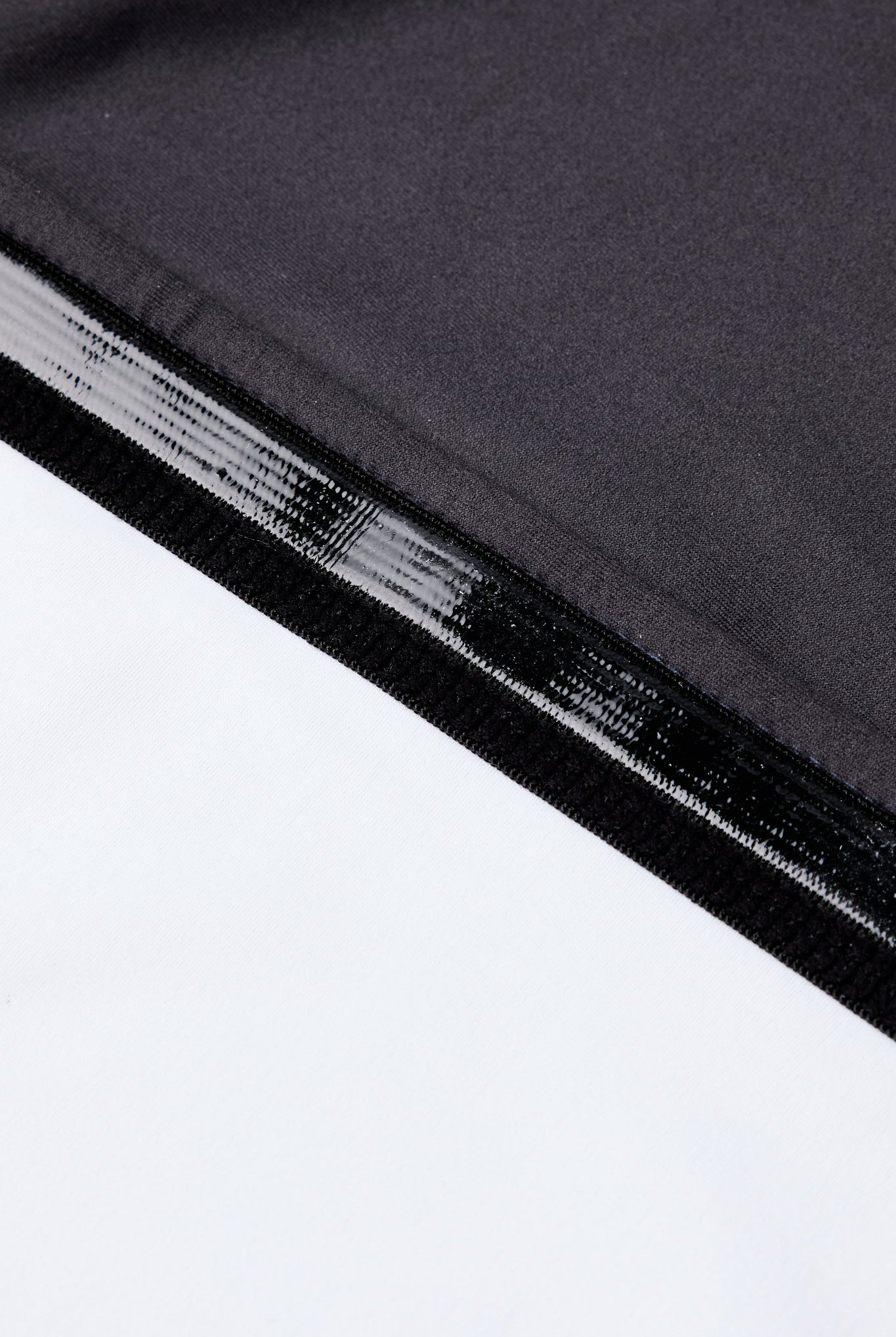Understanding the Ideal Fit for Performance and Comfort
Finding the right fit for a rashguard can significantly impact performance and comfort during activities like surfing or martial arts. A rashguard should fit snugly without restricting movement, allowing for a balance between compression and comfort. This fitting is essential to reap the benefits of moisture-wicking materials while minimizing the risk of chafing.
When choosing a rashguard, it's important to consider individual body type and activity level. Different activities may require slight variations in fit. Understanding these factors can help in selecting a rashguard that enhances both functionality and comfort, ensuring an optimal experience in the water or on the mat.
Carefully evaluating the fit will lead to better performance and enjoyment. Knowing that a tight yet comfortable fit is ideal will empower informed decisions when shopping for the perfect rashguard.
Importance of Fit for Rashguards
The fit of a rashguard plays a crucial role in both comfort and performance. A properly fitted rashguard enhances mobility and supports the wearer's activities. Here are the key aspects regarding fit.
Comfort and Mobility
A rashguard should fit snugly without being restrictive. The fabric should stretch to allow for a full range of motion, particularly during activities like surfing or grappling. A tight fit prevents excess fabric from bunching up, which can lead to discomfort and distractions.
Moreover, the choice of materials impacts comfort. Stretchy fabrics like spandex or nylon allow for breathability and flexibility. Proper sizing is essential; if a rashguard is too tight, it may inhibit movement and cause chafing. Individuals should look for a fit that hugs the body while accommodating natural movements.
Performance Enhancement
An ideal fit also directly contributes to performance. When a rashguard clings appropriately, it reduces drag in water and improves aerodynamics during activities. This efficiency helps athletes maintain speed and focus.
The right fit may also offer added protection. It shields the skin from abrasions and UV rays without impeding movement. Athletes gain confidence in their gear, knowing it will perform effectively under tough conditions. Investing in a well-fitted rashguard can ultimately lead to enhanced performance in the water or on the mat.
Determining the Correct Fit
Finding the right fit for a rashguard is crucial for performance and comfort. Factors such as material stretch and individual body types play significant roles in achieving the optimal fit.
Material and Stretch
The material of a rashguard often dictates how it fits to the body. Common fabrics include polyester, nylon, and Lycra, each offering varying degrees of stretch.
Stretchable materials can adapt to body shapes while maintaining a snug feel. A fitting rashguard should not be so tight that it restricts movement. It should allow flexibility during activities like surfing or grappling, where mobility is essential.
It's also important to consider compression levels. A tighter rashguard can enhance circulation, aiding performance. However, excessive compression can lead to discomfort. Individuals should look for a fit that balances both support and movement without feeling constrictive.
Body Type Considerations
Body type heavily influences how a rashguard should fit. For individuals with a slimmer physique, a tighter fit may provide better alignment and efficiency in movement.
Conversely, those with a more muscular build might prefer a looser fit, which allows for ease and comfortable range during activities.
It's essential to try on different styles and sizes to find what complements individual body shapes best.
Different brands often have their sizing systems, so checking size charts can offer guidance. It’s advisable for individuals to pay attention to how the fabric sits on their shoulders, chest, and waist and to assess comfort during physical activity.
Fitting Tips and Tricks
Finding the right fit for a rashguard is essential for optimal performance and comfort. Consider these sizing guidelines and techniques to ensure a snug but comfortable fit.
Sizing Guides
To determine the best rashguard size, refer to the manufacturer's sizing chart. These charts usually include measurements for chest, waist, and hips.
Key Measurements:
- Chest: Measure around the fullest part of the chest.
- Waist: Measure at the natural waistline.
- Hips: Measure around the widest part of the hips.
Rashguards should fit snugly against the body without creating excessive pressure. If measurements fall between sizes, choosing the smaller size often results in a better fit for athletic performance.
Try-On Techniques
When trying on a rashguard, check for specific indicators of a good fit.
- Full Range of Motion: Raise your arms and twist your torso. The fabric should stretch without restricting movement.
- No Excess Fabric: Look for minimal bunching at the waist or underarms.
- Comfort Level: Ensure it feels snug but not constrictive.
Pay attention to the neckline and sleeve fit. They should lie flat against the skin without gaps or pinching.




